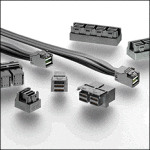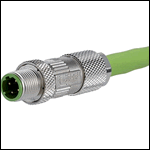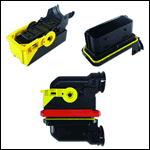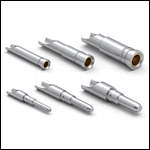USB 3.0 Technology at a Glance
Need to brush up on the latest info about USB 3.0? John MacWilliams explains the pros, cons, history, and future of USB 3.0 technology at a glance.
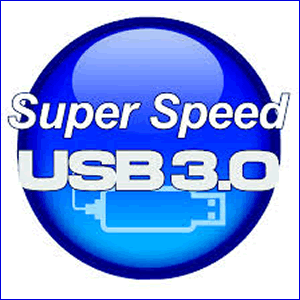 The Universal Serial Bus standard has been one of the most successful connector specifications ever, shepherded by the USB Implementers Forum.
The Universal Serial Bus standard has been one of the most successful connector specifications ever, shepherded by the USB Implementers Forum.
USB dates back to 2008 and has gone through versions 1.0, 2.0, 3.0, and 3.1 – all as rectangular copper alloy interfaces. Billions have been sold worldwide in smartphones, tablets, printers, routers, PCs, workstations, servers, and other equipment (mostly as an I/O interface and with millions of USB cables).
The current 3.1 version transfers data at up to 10Gb/s – on par with the Thunderbolt interface. It is backward-compatible with USB 2.0 and has several configurations, including the microUSB connector used on many smartphones and tablets.
One major feature has been its ability to transmit current: 900mA at 5V in USB 3.0 and ≤5A at 12V in 3.1. Thus, the USB connector is used as a charging port for many mobile devices, which greatly increases its versatility.
There has been talk about a fiber optic USB for duplex multimode fiber. Prototypes have been built, and when equipment needs speeds faster than say, 20Gb/s, a fiber optic version might well be introduced. However, there are already several popular fiber optic connectors, which could also serve that purpose.
One final thing: Copper and its circuitry keep getting better, so don’t rule out a USB 4.0 at 20Gb/s for up to one-meter distances.
- Electric Vehicles Move into the Mainstream with New EV Battery Technologies - September 7, 2021
- The Dynamic Server Market Reflects Ongoing Innovation in Computing - June 1, 2021
- The Electronics Industry Starts to Ease Out of China - November 3, 2020
